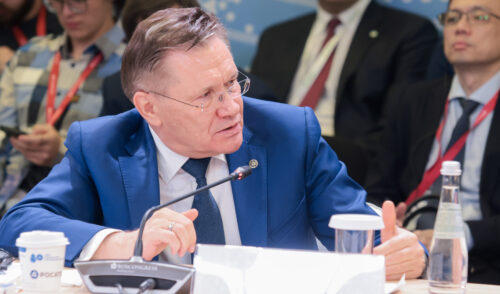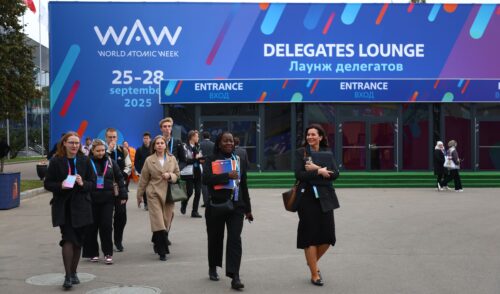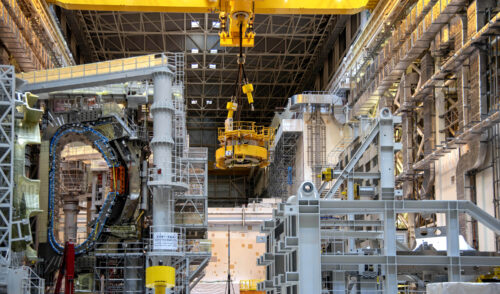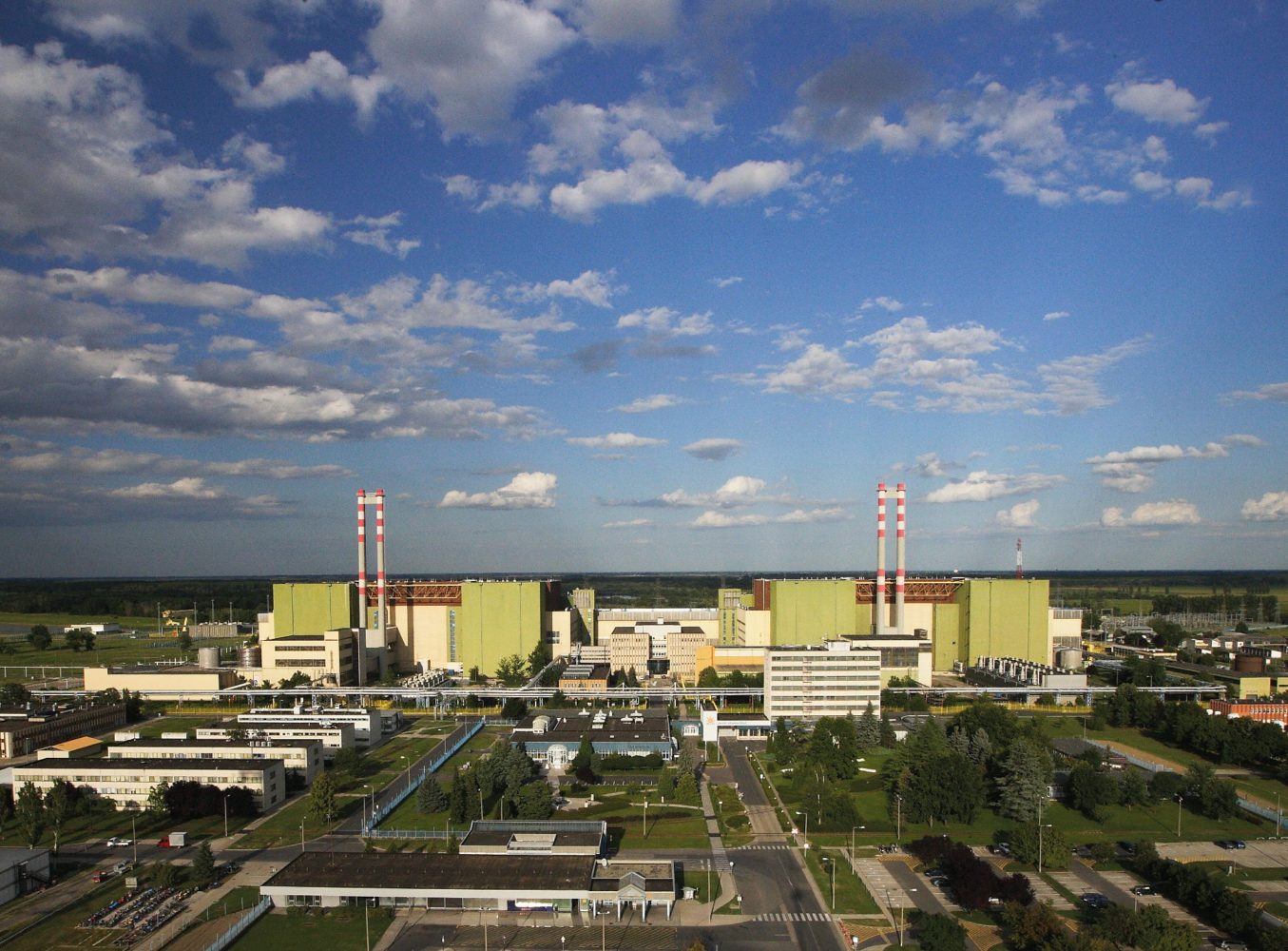
Eastern Europe: Turning to Atoms
back to contentsIncreasingly more countries in Eastern Europe are considering to build new, or expand existing, nuclear capacity. Experts are convinced this is necessary to ensure a reliable power supply for consumers and meet climate targets. Hungary is among the Eastern European leaders in nuclear power generation, and its new nuclear capacity under construction will be a reliable source of green electricity for many years to come.
Hungary
Last year, Hungary’s Paks Nuclear Power Plant produced 16 TWh of electricity. This is the fifth highest combined annual output of the four units in the plant’s forty years of operation, Paks operator MVM said. The Paks NPP accounts for almost half of Hungary’s total electricity generation, according to the IAEA.
16 TWh
Paks NPP power output in 2024
In an interview with Magyar Nemzet, engineer and nuclear power expert Zsolt Hárfás compared the potential of nuclear power with solar energy, another important source of electricity for Hungary. He said that nuclear power remained indispensable for Hungary despite a dramatic increase in solar capacity (from 1.4 MW in 2010 to 7,550 MW in 2025). “This winter, only a fraction of the 7,800 MW of solar and wind capacity was available during periods of ‘dark doldrums’ or during new peak loads in the system. The two pillars of domestic power generation were the Paks NPP and gas-fired power plants,” Zsolt Hárfás said. He noted that the peak of imports in the past year had amounted to about 3,700 MW, and there had been 4,300 quarter-hour periods when imports exceeded the capacity of Paks II (2,400 MW) under construction. This once again confirms the need to build new power units, the expert believes.
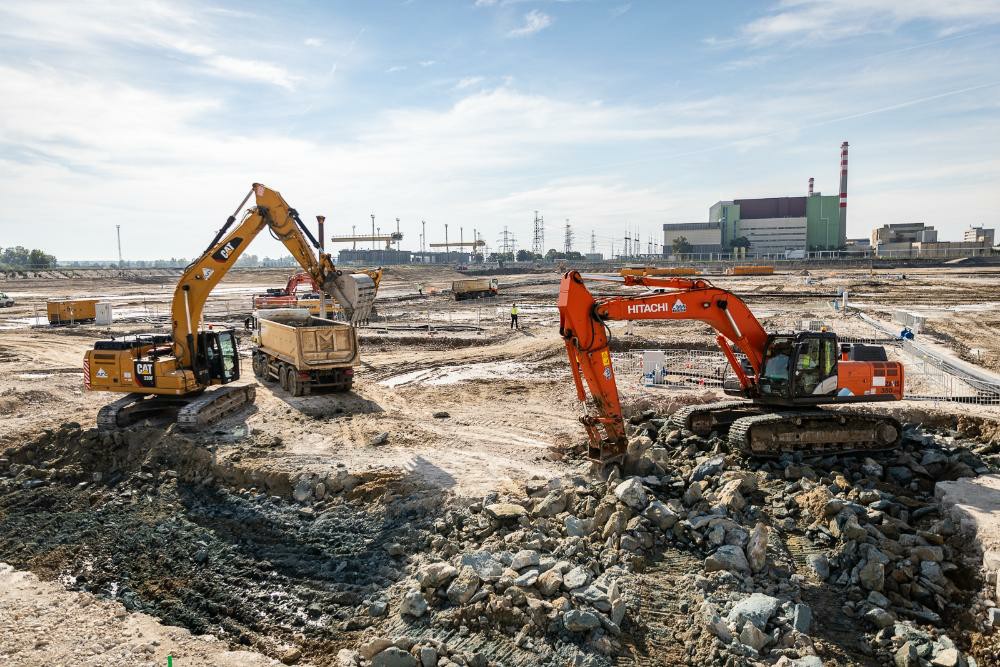
Zsolt Hárfás also pointed out that the instantaneous capacity of commercial solar farms was often compared with the capacity of the Paks NPP, which was incorrect. Last year, Hungary’s commercial solar farms generated 5.7 TWh of electricity, or 16.7% of the total power output. The installed capacity utilization factor (ICUF) of the solar farms was 17.8%, while the ICUF of the Paks NPP, which has a nominal capacity of 2,000 MW, was 90.3%. Thus, it produced three times more electricity than the solar farms during the year. In addition, two new units of the Paks NPP will replace the use of about four billion cubic meters of natural gas per year, preventing 17 million tonnes of carbon dioxide emissions.
For now, workers have finished stabilizing soil for the nuclear islands of Units 5 and 6 at the Paks II construction site; excavation works in the construction pit of Unit 5 are nearing completion. Soon the first concrete will be poured for the nuclear island basemat at Unit 5, which will make Paks II the largest nuclear construction project in the EU.
Poland
Poland is not a newcomer to the nuclear industry: its Maria research reactor named after the famous Polish scientist Marie Sklodowska-Curie has been operating in the country since 1972.
In January this year, the Polish government announced the decision to allocate more than USD 15 billion for the construction of the country’s first nuclear power plant. The total cost of the project is estimated at USD 28 billion. Construction works are scheduled to begin in 2026, with the plant to be commissioned in 2033. The location near the towns of Lubyatovo and Kopalino not far from the Baltic Sea coast has been chosen as the site for the nuclear power plant.
“With 70% of electricity in the country produced by coal, Poland’s interest in nuclear power is quite justified, especially given the growing pressure on coal-fired power generation, reduced access to cheap pipeline gas, and limited ‘high-quality’ renewable energy sources (primarily offshore wind power plants),” says Fedor Veselov, Deputy Director of the Energy Research Institute of the Russian Academy of Sciences.
Last year, Poland’s Ministry of Climate and Environment said that a decision in principle had been made to build a second nuclear power plant in Pątnów near the city of Konin. Also late last year, Warsaw reported plans to consider building a third nuclear plant.
“Poland is planning to successively build three nuclear power plants with a combined capacity of 9 GW, and this is the right decision. Wind and solar power plants can supplement baseload generation, but are not capable of being a foundation for energy systems of the future,” says Igbal Guliyev, Deputy Director of the International Institute of Energy Policy and Diplomacy at the Moscow State Institute of International Relations (MGIMO).
“Wind and solar power plants can supplement baseload generation, but are not capable of being a foundation for energy systems of the future.”
Igbal Guliyev
Deputy Director of the MGIMO International Institute of Energy Policy and Diplomacy
Slovenia
Slovenia has been operating its first and only 730 MW unit at the Krško Nuclear Power Plant since 1983. It supplies about a quarter of Slovenia’s electricity demand and about a fifth of neighboring Croatia’s demand. The service life of the reactor expires in 2043, and Slovenian authorities have given a thought to building another unit at the plant. Last year, Prime Minister Robert Golob announced the need for a national referendum on the matter. A decision on launching the project will be made in 2027 or 2028. Slovenia plans to completely abandon coal after 2033, so the country will need new nuclear capacity by that time or its dependence on imported electricity will otherwise reach 60%.
Goals and plans
Bloomberg reported last year that Eastern European countries were planning to build at least 12 nuclear power units, with the budget totaling nearly EUR 130 billion. The primary goal is to achieve net zero emissions.
“The plans to maintain or even increase nuclear capacity are fully justified as nuclear power plants are seen both as major contributors to ensuring reliable power supply for domestic consumers and increasing electricity exports and as tools to reduce carbon footprint from electricity generation as part of the EU green agenda,” Fedor Veselov concludes.
Photo by: paks2.hu, Wikipedia


